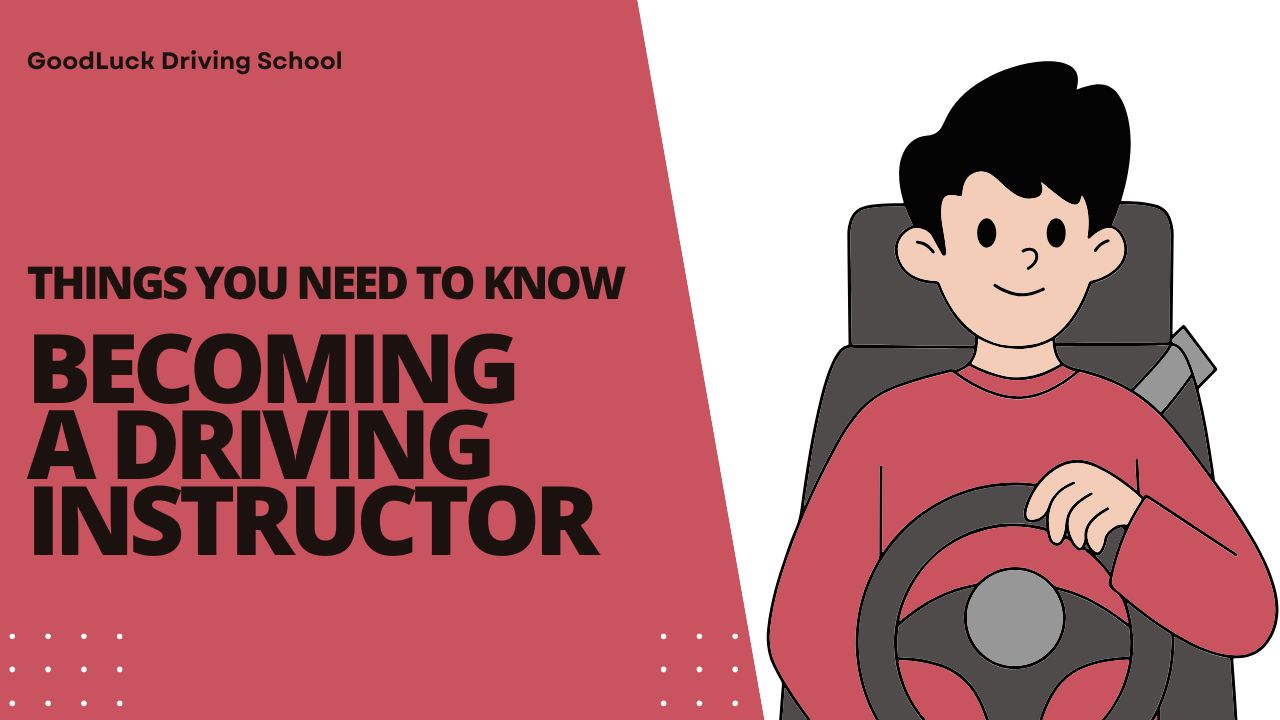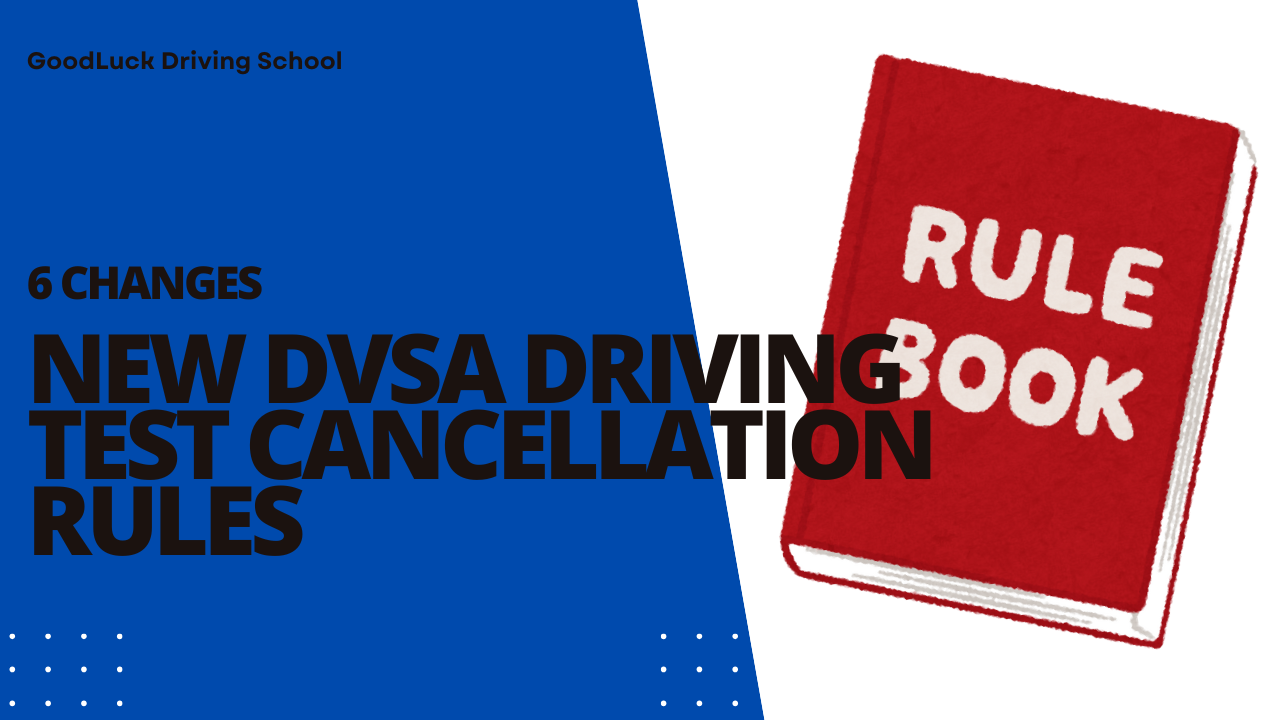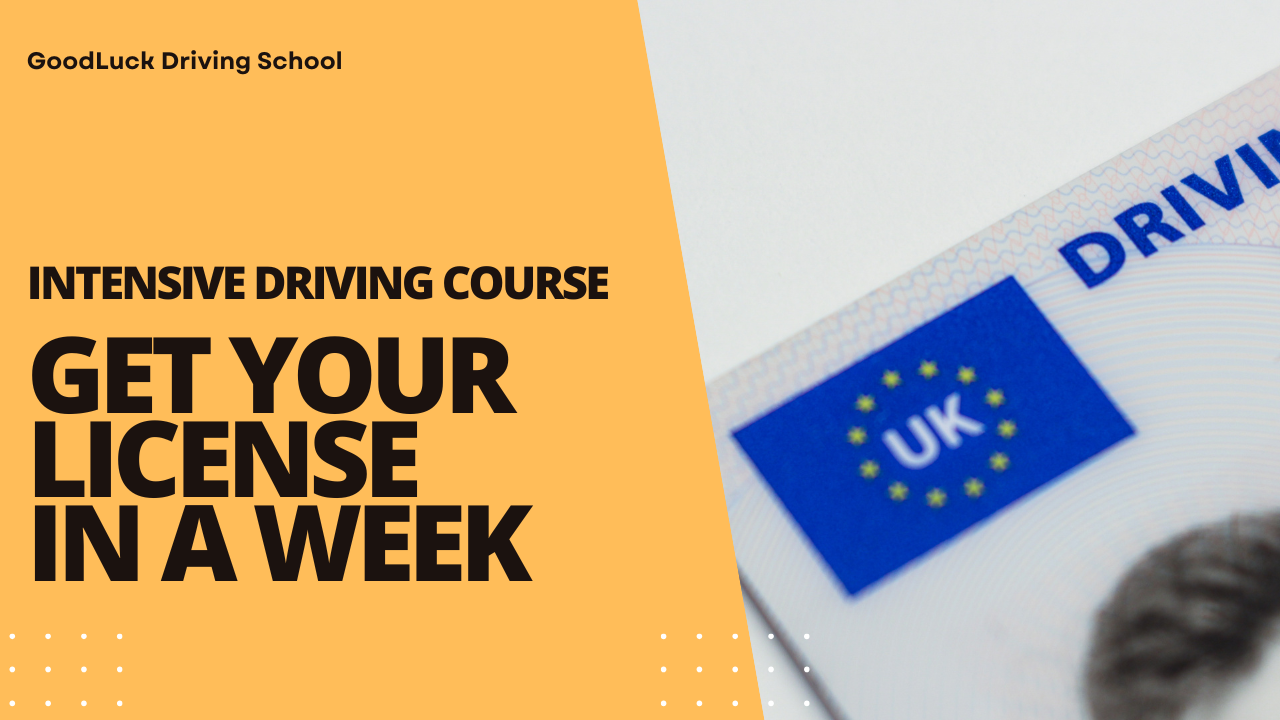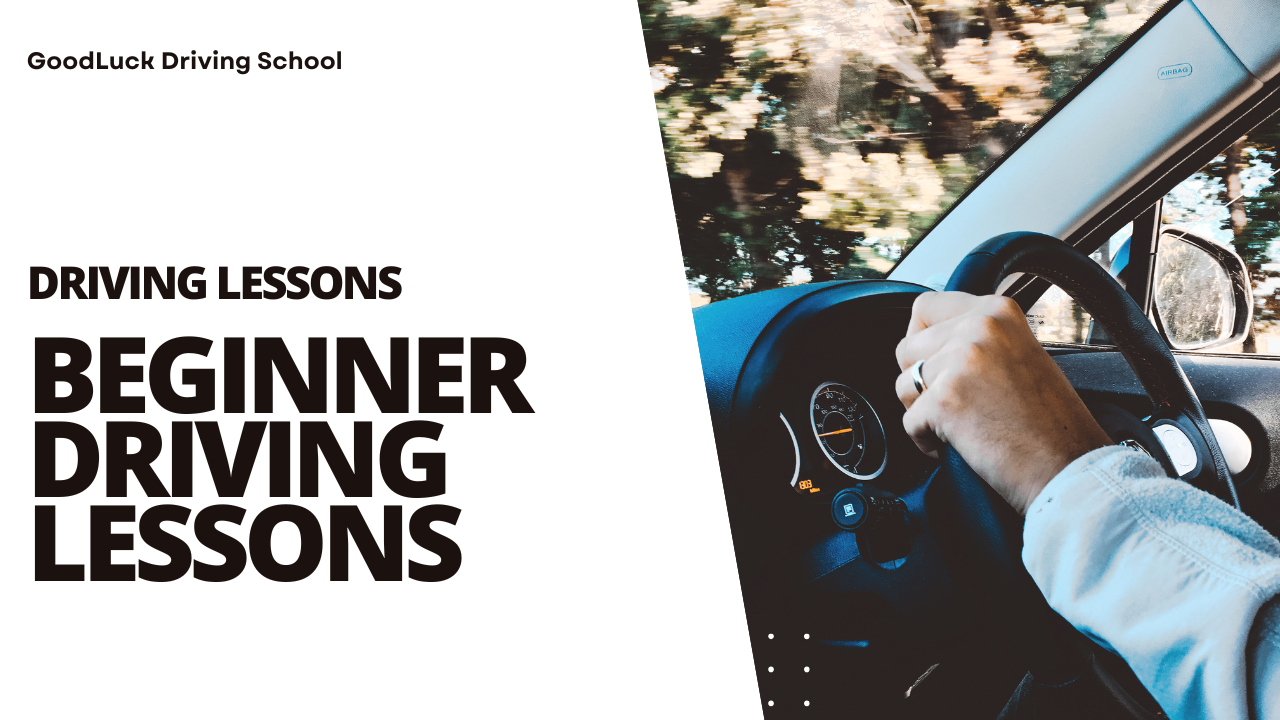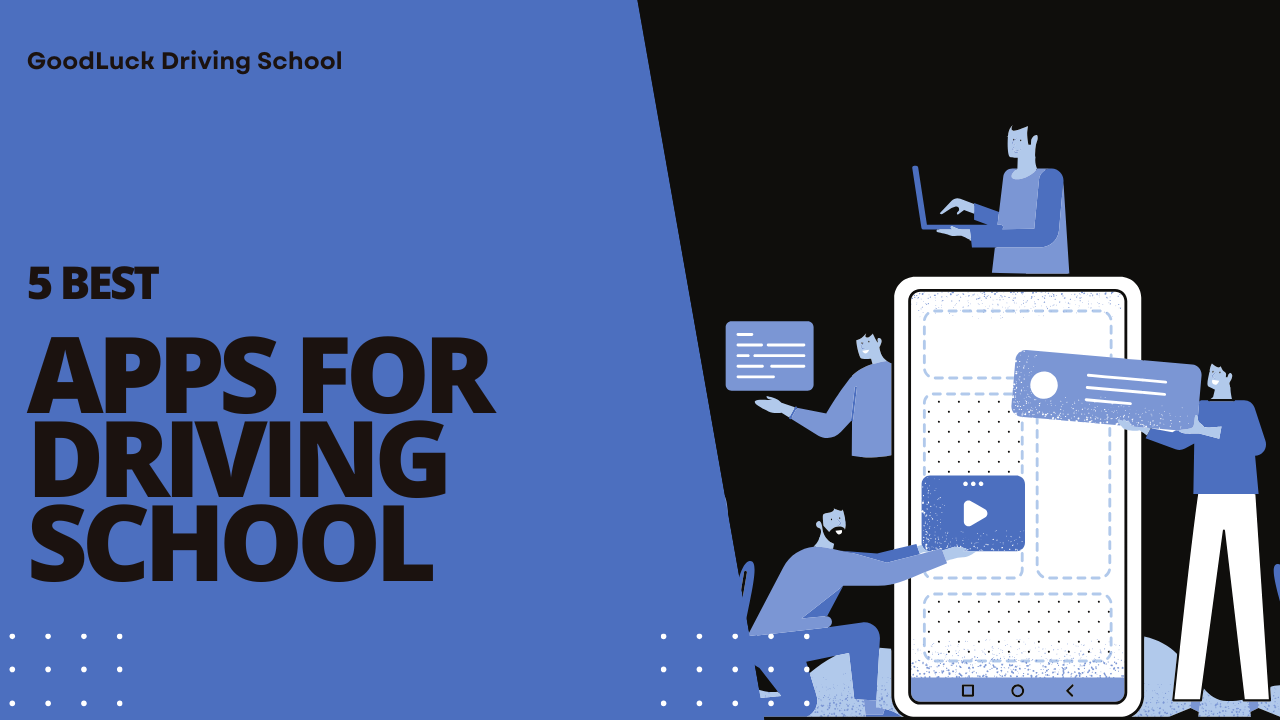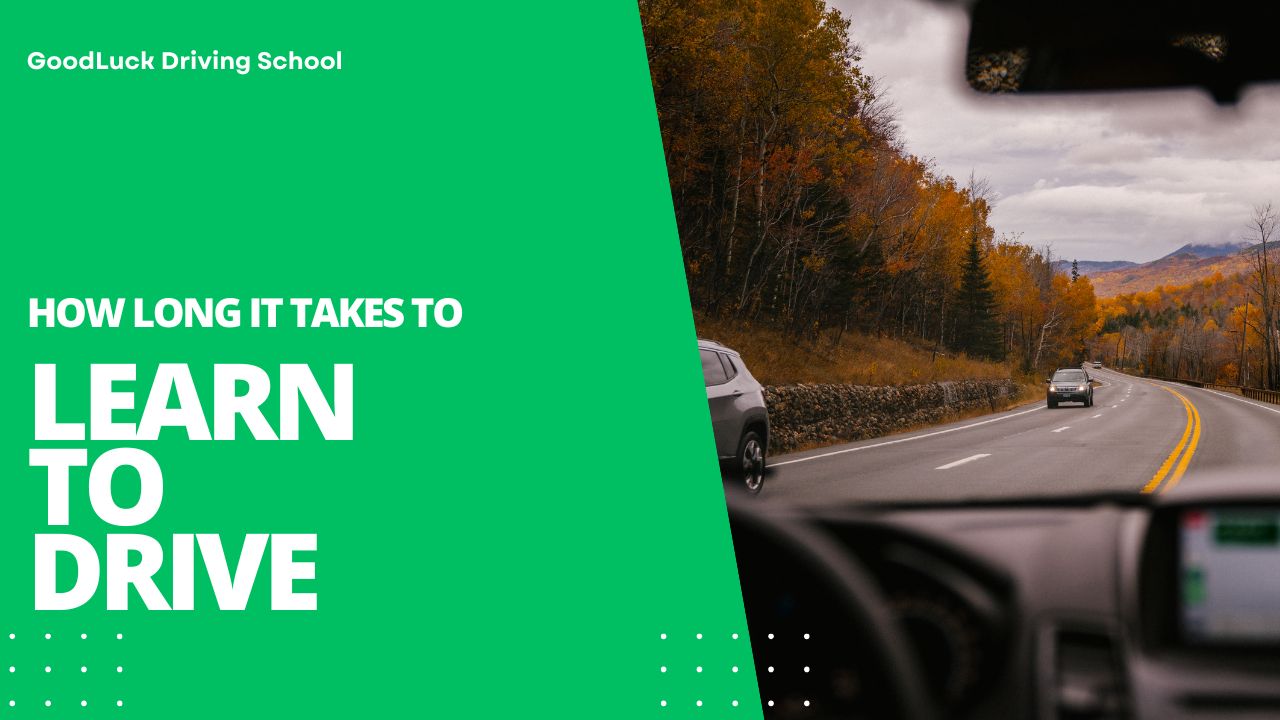
How Long Does it Take to Learn to Drive?
Remember the first time you held the steering wheel? You might have felt excited and scared. It was a big moment, showing you were growing up.
Learning to drive is more than just driving a car. Most beginner drivers often think about how long it takes to learn to drive.
But most people need about 45 hours of driving lessons and 22 hours of practice.
What car you choose and how often you practice can also affect your learning time.
Let us take a look at how these things impact your learning time.
Understanding the Timeframe to Learn to Drive
Getting a driver’s license is an exciting thing but it’s also important to know how long it going to take. And one of them deciding factor is “How long it takes you to learn to drive?”
There are many things that affect how your learning speed, like the number of lessons in the course and how quickly you pick things up.
Knowing these helps set the right goals and get ready for driving lessons.
The Average Lessons Required
The DVSA says most people need about 45 hours of driving lessons and 22 hours of practice on their own. This is the usual time it takes to feel confident driving.
Driving schools offer intensive driving course for faster learning in less time.
But, remember, 45 hours is just a starting point. Some people might need more lessons, depending on their situation.
Individual Differences in Learning Speed
How fast you learn to drive can vary a lot. Things like your age and how naturally you pick up skills play a big part. Many 17-year-olds pass their test on their first try, showing they might learn faster.
How confident you feel driving is also important. It affects how quickly you can learn the skills needed to drive safely. So, the number of lessons you need can change, as everyone learns at their own pace.
The Role of Driving Lessons and Practice
Finding the right driving school is key to your driving journey. A good driving instructor provides a structured learning space. This makes learning easier and helps you pick up important skills.
Look for schools with high pass rates and qualified instructors. These factors greatly affect your learning. Driving courses should cover both theory and practical driving skills.
Your First Step: Finding a Driving School
Choosing a driving school is very important. Consider these points:
- Reputation and reviews from past students.
- Instructor qualifications and teaching style.
- Lesson structure (the length) and frequency of driving lessons.
- Availability of both manual and automatic driving courses.
Most beginners need around 45 hours of lessons and 20 hours of practice. Taking lessons twice a week can help you finish faster than spreading them out.
Balancing Lessons with Practical Experience
Practical experience is key to your driving lessons. Studies show students who practice privately can pass up to 20% more often.
This practice lets you apply what you’ve learned in real situations.
Mock tests help you see where you need to improve before the real test.
Professional driving instructors provide you with quick feedback.
This helps you learn faster and increases your chances of passing on the first try.
How Long Does It Take to Pass the Theory and Practical Tests?
Getting your driving licence means passing the theory and practical tests. Knowing how long each test takes is key. Good preparation and planning are essential.
Preparing for the Theory Test
The first step is the theory test. It has a multiple-choice part and a hazard perception section. The DVSA recommends 10-20 hours of study.
With a 44.2% passing rate, many struggle to pass the driving test. For this specific reason having good driving instructors and study materials help a lot.
Scheduling Your Practical Driving Test
After passing the theory test, it’s time for the practical test. Learners usually wait 15 weeks, but it can be 24 weeks in busy times. Planning well is important.
It’s key to be ready and book a test slot quickly. This makes getting your licence smoother.
Statistics on First-Time Pass Rates
First-time pass rates highlight the challenges learners face, with an average of 47 lessons to pass. Intensive courses can reduce this to two weeks. A two-day intensive course suits those in a rush.
Most learners complete 45 hours of lessons and 22 hours of private practice, totaling around 70 hours of driving.
Research indicates that learners with 100 hours of driving practice are safer after passing their test.
Conclusion
Learning to drive is a journey that’s different for everyone. How often you take lessons, how quickly you learn, and how ready you are for tests all count. Most people need 45 to 47 lessons of 1 to 1.5 hours each.
This gives you enough time to master driving skills. It’s important to combine lessons with regular practice.
Practice helps you learn motorway signs and rules while preparing you for real-world driving. A well-structured lesson plan will make you a confident driver.
By committing to lessons and practice, you’ll be ready to pass your test and drive safely on UK roads.
FAQ
How long does it typically take to learn to drive?
It usually takes about 45-47 driving lessons. You also need around 22 hours of practice. This will prepare you for your driving test.
What factors can influence my learning speed?
Your age, the car you learn in, and how quickly you pick things up can affect your learning speed.
How can I find the right driving school?
Look for driving schools in your area. Check their pass rates, if instructors are qualified, and what past students say. This will help you pick a good school.
What should I expect from driving lessons?
Lessons cover road safety, how to use the gears, and spotting hazards. Your instructor will teach you these important skills.
How do I prepare for the theory test?
Spend 10-20 hours studying for the theory test. Focus on both the multiple-choice and hazard perception parts.
What is the average waiting time for a practical driving test?
You usually wait about 15 weeks for a test. But, it can take up to 24 weeks if it’s very busy.
What is the first-time pass rate for driving tests?
Younger learners under the age group of 17 have a pass rate of about 55% on their first try.
How does the type of vehicle affect my lessons?
Driving an automatic car can make learning easier than a manual. But, your choice depends on what you prefer and need for driving in the future.
How important is practice outside of formal lessons?
Practicing outside of formal lessons helps you improve your driving skills and confidence.
BOOK NowOR CALL US AT


